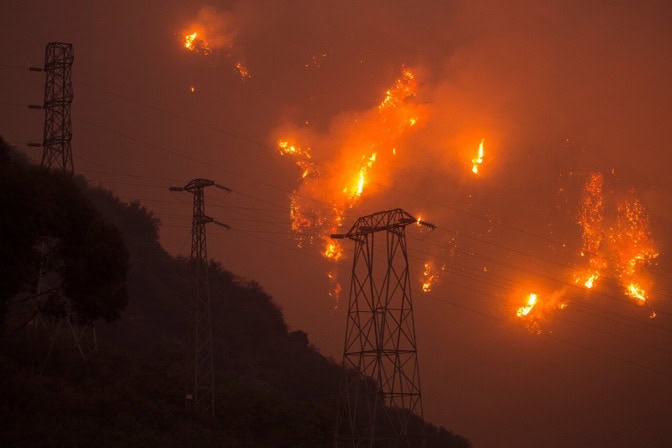
Shifting power operations to reduce wildfires
New method can help avoid public safety power shut-offs during fire-prone climate conditions.

New method can help avoid public safety power shut-offs during fire-prone climate conditions.
A new study led by Lawrence Berkeley National Laboratory researchers, with contributions from the University of Michigan, demonstrates how rerouting power flows can reduce wildfire ignition risk without requiring complete power shutoffs.
As U.S. wildfire-burned areas have increased annually since the 1980s, power systems have become both a cause and victim of fires. For instance, California wildfires caused $700 million in transmission damages between 2000-2016.

Michigan Engineering is on the vanguard of the next infrastructure revolution
Beginning in 2019, some California utilities implement “public safety power shutoffs” during dangerous conditions, forcing residents to choose between electricity and fire safety. To reduce this disruption, the researchers developed an optimization model that determines network topology changes to redirect electricity flow away from vulnerable grid areas, reducing ignition probability while maintaining power supply.
Published in IEEE Transactions on Power Systems, the study uses a decision-dependent uncertainty framework to assess how operational choices influence power line failure risks. Results show that decreasing energy flow through high-risk areas can reduce line failure probability while continuing electrical service.
Utility companies could implement these minimal infrastructure changes before dry, windy seasons. Future research to pinpoint where upgrades to line segments with switching devices are most needed can enhance the flexibility of power system operations, helping to cope with more frequent and widespread wildfires.
Ruiwei Jiang, an associate professor of industrial and operations engineering at the U-M, is a coauthor of the study, which was funded by the Department of Energy.
Summarized by AI, edited and fact-checked by a human (in 2025)